
These remarkable dreamlike images come from a 1924 book that came out in Germany called Buch der Hasengeschichten (“Book of Rabbit Stories”). The author published under the name Tom Seidmann-Freud, but her given name was Martha Gertrud Freud—her mother, Maria Freud, who went by “Mitzi,” was one of Sigmund Freud’s five sisters. Martha was born in Vienna in 1892 but her family moved to Berlin in 1898. As a teenager she adopted the name “Tom.” In 1920 she met a writer named Jakob Seidmann, whom she married two years later.

Tom Seidmann-Freud
In 1924 Seidmann-Freud published Buch der Hasengeschichten through the Peregrin Verlag (Peregrin Publishing Company). Over the next few years, she published a number of incredibly distinctive children’s books, the most famous of which is Die Fischreise (The Fish’s Journey) of 1923. As Marjorie Ingall writes in Tablet, “She hung out with Berlin’s avant-garde crowd, as well as with her family’s academic and Zionist friends. … Her style involved outlining folk-art-y, simple illustrations precisely in ink, then filling them in with watercolors. She frequently used stencils and paint together in a bright, lively technique called pochoir.”
In the space of few months, both Tom and Jakob committed suicide for reasons stemming from financial troubles. Sources differ on the exact reason—German Wikipedia says blandly that they had founded Peregrin Verlag, which ran into difficulties when the global financial crisis that started in 1929 arrived. Ingall isolates the problem with a separate venture called Ophir Verlag, which was to be a publishing company specializing in Hebrew books for children. That story involves a third party named Chaim Nachman Bialik, whose failure to live up to his obligations led to their suicides. Ingall cites a letter from 1925, suggesting that the money problems had been going on for a while, although the culpability of Bialik is simply not established in her account. Whatever the reason, it was clearly financial in nature; Jakob hanged himself in October 1929 and, now suffering from depression, Tom died of an overdose of sleeping pills in February 1930.

According to Ingall, during the Nazi regime her children’s books became destroyed in great numbers as part of the purge of Jewish authors—we’re lucky that her works survived the Third Reich, thanks for Seidmann-Freud’s family members as well as art lovers.
Will Schofield calls the book “whimsically apocalyptic,” which seems entirely apropos—I’m a little puzzled for his use of the term “rabbit dreams,” which seems a little misleading. Seidmann-Freud was trained as a Jugendstil artist, and her vibrant, imaginative, purposefully “flat” images definitely have a powerful, untethered, dreamlike quality all their own.
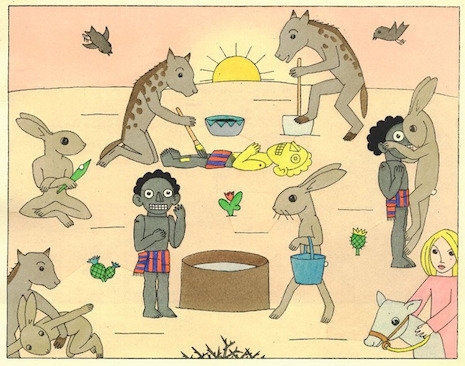
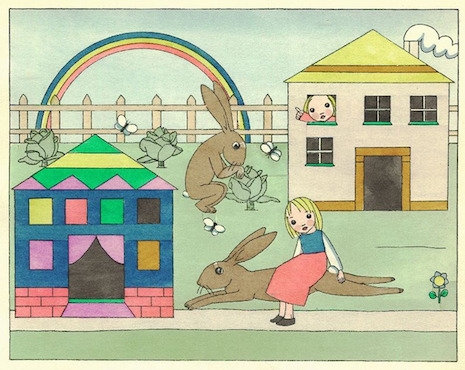
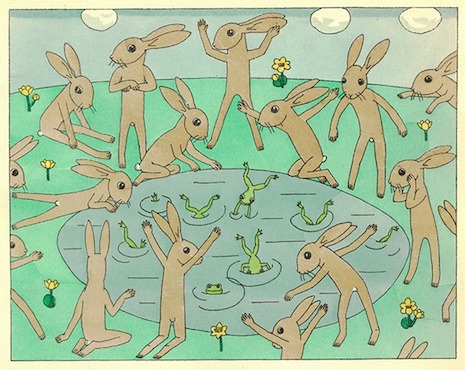

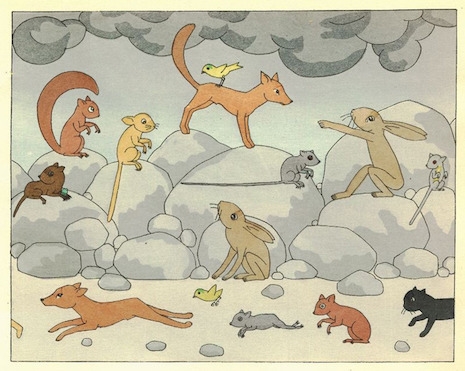
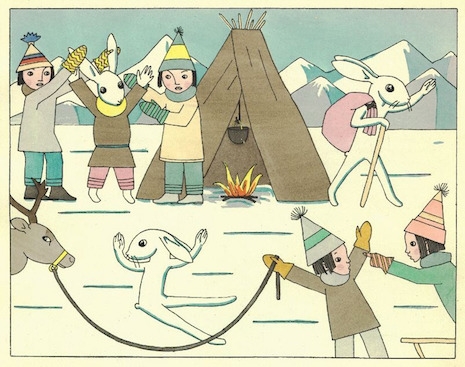

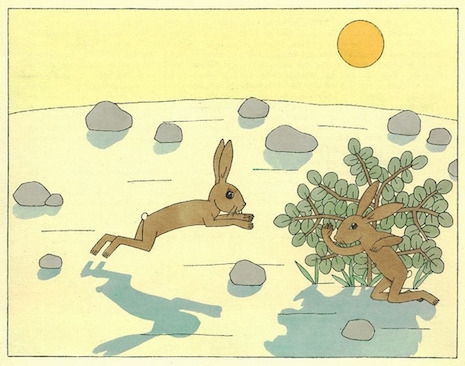
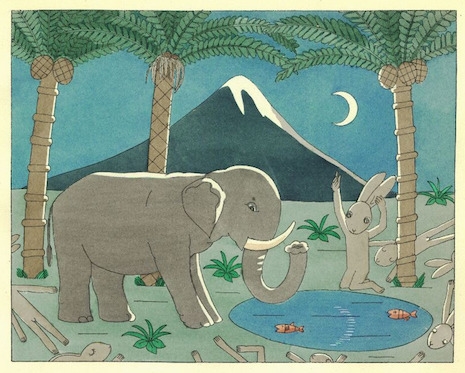
via 50 Watts